Running injuries. We loathe them and yet, sooner or later, most of us sustain at least one. There are a variety of reasons injuries occur, but there are also a variety of things we can do to help prevent them. I’m sharing five of them below.
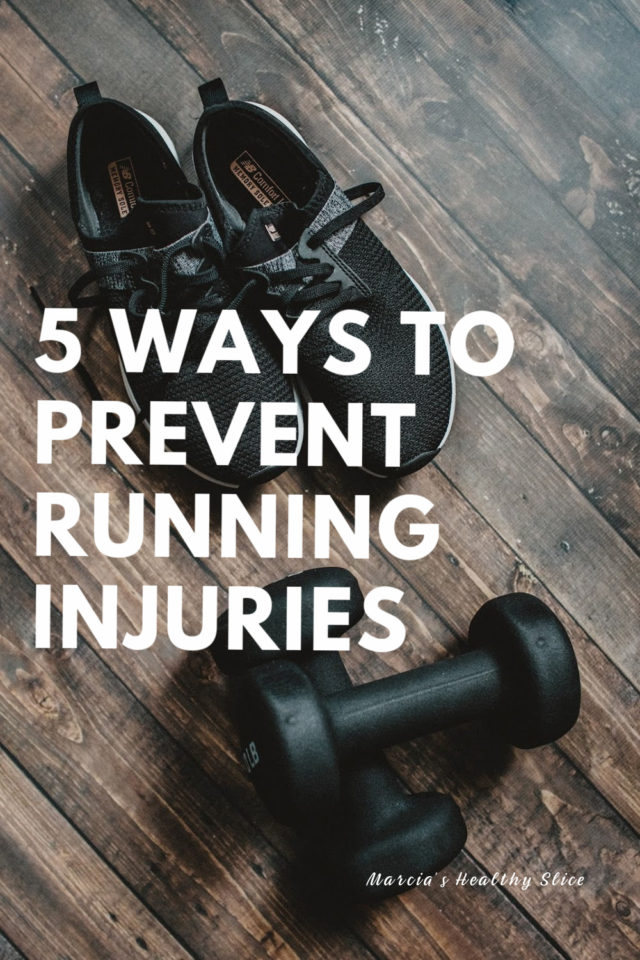
5 Ways to Prevent Running Injuries
Choose the right training plan for you. All training plans are not created equal and everybody is different. While some people thrive on high mileage, others do better with lower miles and more cross training, or maybe a plan containing walking intervals is right or you. Take your experience level into account and always listen to your body.
Ramp up mileage carefully. It’s natural to feel super motivated at the beginning of training and go barreling out of the gates, but you run the risk of injury when you do too much too soon. Aim for a gradual progression with a cutback in mileage and intensity every third or fourth week. A good training plan will incorporate cutback weeks as well as rest and recovery days.
Do a dynamic warmup and cooldown. A good dynamic warmup gets the large muscle groups moving on a variety of different planes. It gradually raises your body temperature, gets blood and oxygen flowing, and cues your brain for the workout that is to come. Check out this Dynamic Warmup video.
Cross training is your friend. Strong runners run strong. Because running tends to use the same muscle groups while others get weak, it’s wise to change it up and do different activities on a regular basis. This lets you still get a workout in while letting your running muscles rest. Check out 6 Essential Exercises for Runners here.
Pay attention to recovery and rest days. Rest and recovery are valuable parts of training. Rest days, good sleep and proper nutrition give your body a chance to “absorb” the workout, repair the muscles that were torn down and build back stronger. One of my favorite recovery tools is a foam roller.
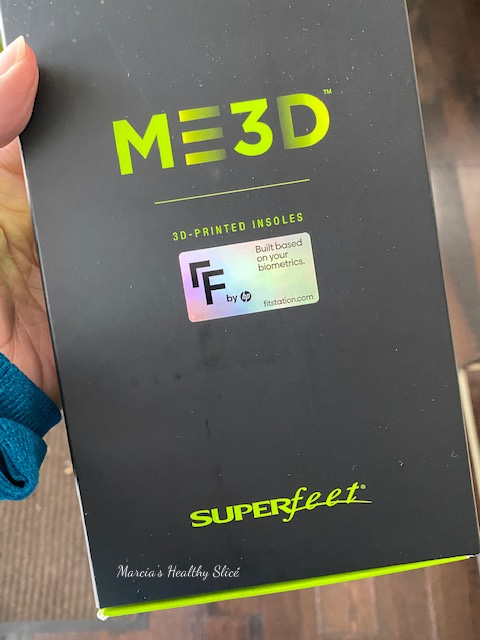
A Custom Insole may be right for you. Recently I had an opportunity to get fitted for Superfeet ME3D Insoles at my local Fleet Feet running store here in the Chicago area. It was easy to make an appointment for the fitting online.
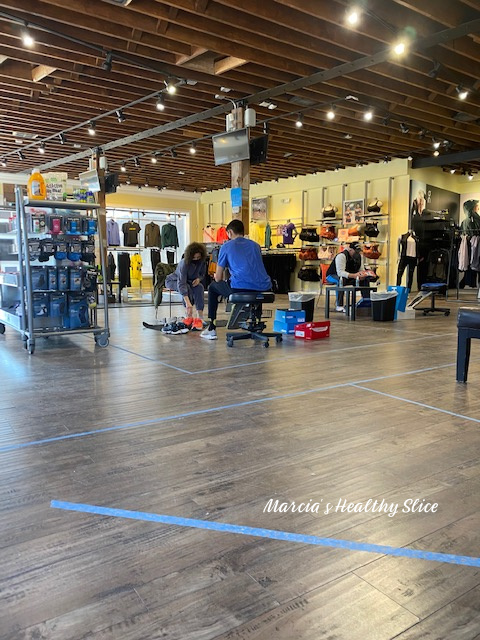
This was the first time I’d been inside a running store since the onset of the pandemic and it looked very different with the way things were spaced out and very few people in the store. I stood for a moment on a scale-like platform that measured my feet as well as weight distribution and pressure patterns. Next I went through a gait analysis. where the fit expert confirmed a neutral shoe is right for me. Something I did not know though is that apparently over time, my feet have spread and are now considered wide in the toebox, so a wide shoe is ideal. That was news to me!
The entire process took just a few minutes and I was in and out of the store within 15 minutes.
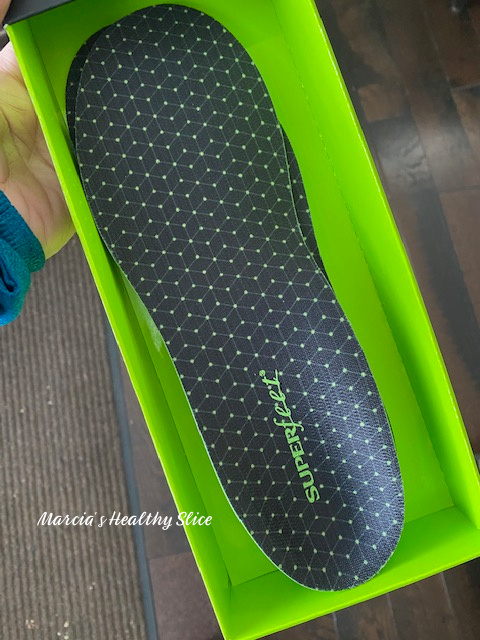
How are ME3d Insoles different?
Each insole is custom created according to your unique biomechanics. There are five independent zones tuned to adapt and support your foot as it moves. Arch support is customized to match the geometry of each foot.
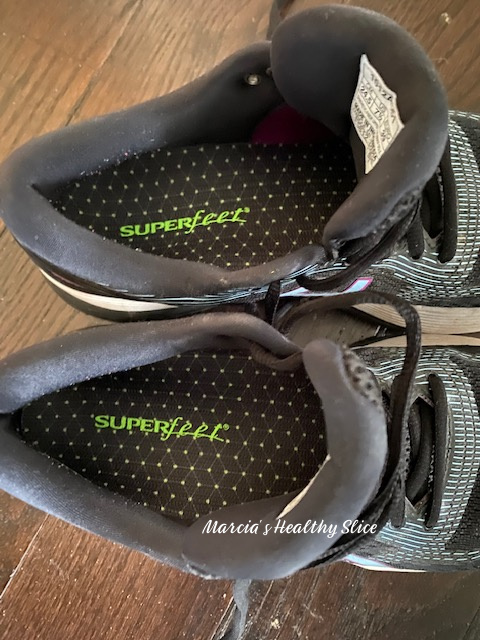
A couple of weeks after the fit process, my custom insoles were ready. I pulled out the current insoles in my running shoes, trimmed the ME3D insoles the slightest bit, and popped them in. I’ve been running in them for a few weeks now.
The first thing I noticed was increased arch support. The insoles definitely provide more support for my arches than I had previously. It’s a pleasant feeling. My feet feel fresh….and then I basically forget about the insoles entirely for the remainder of my run, which, I think is a great thing. Since, knock wood, I do not suffer with any foot issues like plantar fasciitis, fallen arches, etc. I cannot speak to whether the insoles provide relief from various ailments.
Final Verdict: I do like the insoles and will continue to run in them. I think they are definitely worth checking out, especially if you have issues with your feet.
WIN IT!
One lucky reader will win a pair of ME3D Insoles. Note: The custom fit process is available at Chicago-area Fleet Feet stores and a limited number of other outlets. Be sure they are available in your area before entering.
What do you do to prevent injury? Ever try custom insoles? What’s the worst running injury you’ve had?

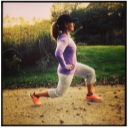
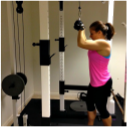

All great tips, Marcia! I’m pretty diligent about it all because even thought I’ve never suffered a very bad injury, I’ve had enough aches & pains — runners think it’s just part of running but it doesn’t have to be (most of the time) if you do the work (although even then, as we know, sometimes it happens).
My worst injury was to my IT Band after I’d been doing halfs for a couple of years, maybe less. It led me to taping (another great thing) — otherwise I might’ve given up on halfs altogether.
Of course now it’s been more than two years since I’ve run a half . . .
All good tips. Thanks.
I’m good with some. And then not always diligent about the others.
I agree that finding a plan that fits you is key. It’s okay to switch one around to suit your lifestyle. So many. of my MRTT runners get so wrapped up in what their plan says, they end up getting injured. Of course, I am all about recovery. I tried custom insoles years ago and road runner sports. I am sure the technology is way better now!
Strength training is my way of injury-proofing. It’s not a guarantee but since I’ve started heavy strength, my injuries have really lessened!
Great tips, Marcia!
I have insoles as well – the doctor sent me for a gait analysis with specialists when I had my Achilles tendonitis. They make such a big difference to my running! I have never had any Achilles issues since.
I’m sure that the reader who wins the ME3D Superfeet will be very happy with them!
I’ve been trying to be better at strength training and doing yoga but I rarely do dynamic stretches before a run.
Did you try the insoles because you needed them or because they were offered to you? I don’t usually have foot problems but I would be interested to know if they help low back/hip pain.
Pre-workout stretches are probably the most crucial to preventing injury, as well as the cool down that you also mentioned. Proper footwear is also critical, hyou are running or just hiking.
The biggest thing I do to precent injury is my strength training. Then if I have a specific area that’s bothering me, I’ll pay extra attention to that with some foam rolling, stretching, etc.
You’ll have to tell me what shoes you’re wearing- my ongoing issue is finding a shoe with a wide enough toe box.
Great tips! Jumping into high mileage too soon is definitely a recipe for injury, lol. I have used custom insoles and I had a really nice pair but it was so expensive! This looks like an intriguing option that I wish I had in my area!
Not sure what my worst injury was (PF?), but I’ve outlasted two major running sabbaticals (knee surgery and stress fracture…both of which took me by surprise). I’m one of those low/moderate mileage runners, and that’s what my body likes. I also strength train and do a lot of walking. Daily foot massage (to keep the PF away). And a couple days/week of no-impact cardio. yadda yadda yadda.
I make sure to stretch and hydrate properly before and after.
Great tips! I had orthotics a long time ago but they didn’t work out for me. Custom insoles sound interesting. I really need to focus on strength and core to prevent injury.
I really want to try these inserts. I run in Superfeet Berry and they are great, butt I want custom ones. I’ll keep an eye out for this in my area.
I prevent injuries by cross training. After a mysterious injury where I could not run at all. I slowly unlit my way back up to a regular schedule, but now I alternate with my spin bike sessions. This has helped me get back to doing what I love most, run.
I also try to foam roll, but should be better.
I tried superset insoles in the past and they felt great. It has been awhile .
I agree that the best thing you can say about running gear is that you don’t notice it on a run! I didn’t realize these inserts were by Superfeet — I use their off-the shelf inserts.
I didn’t realise that feet could change over time! That’s really interesting. Thanks for sharing these tips Marcia – all so important to helping keep us injury-free. I’ve made the mistake of ramping up mileage too fast. In fact, the first injury I ever had was because of that combined with very little dynamic or post-run stretching.
All great tips Marcia! I runfess that I could stand to be more consistent with my warm-up and cool down.
Those custom inserts sound like a great addition – I will have to see what Superfeet is offering anything in my area.
I did a gait analysis a long time ago but I know that things change over time. The process for this sounds interesting.
I really try to listen to my body and if something’s “not right” I’ll pay attention and either take an extra rest day or do the work necessary to fix whatever needs fixing.
Agree with your tips – only I really need to be better about doing a good warmup before running!
I think the worst injury I’ve had were a calf strain and plantar fasciitis. The latter was more painful. I hope I never get it again. I use a roller for my feet and that has helped a lot. Those are cool inserts! I have the “generic” brand but I think they feel too hard for me.
I considered trying custom insoles after a bout of plantar fasciitis but then it healed. I need to keep things in mind if it ever crops up again!